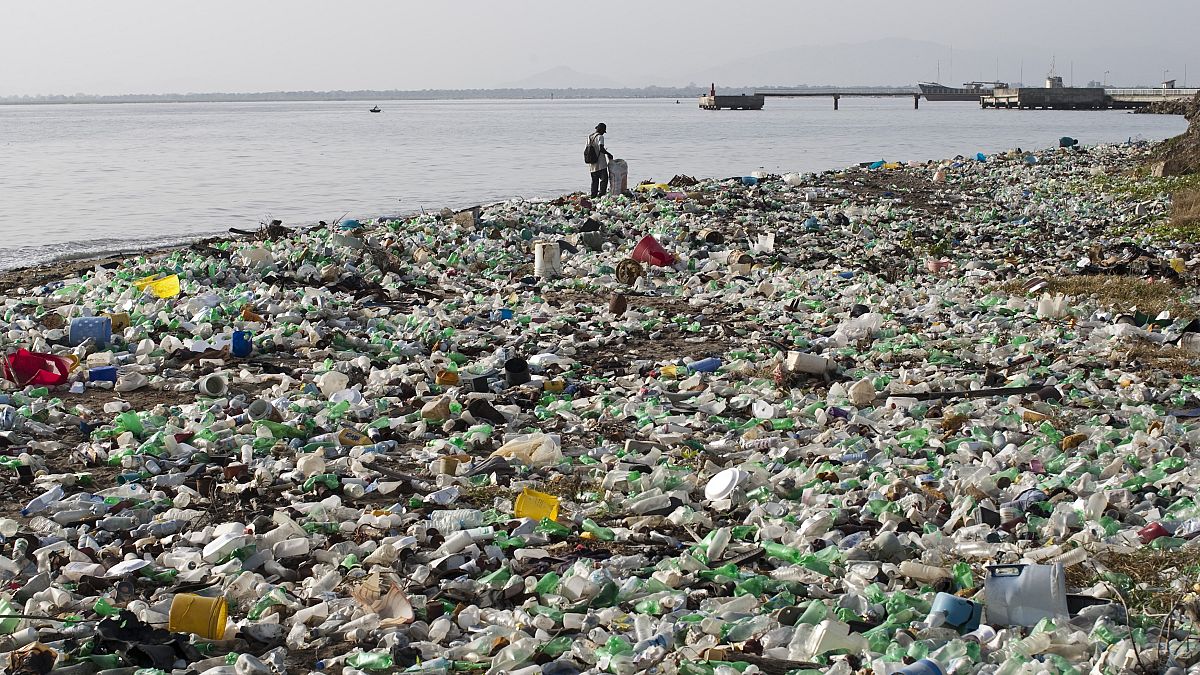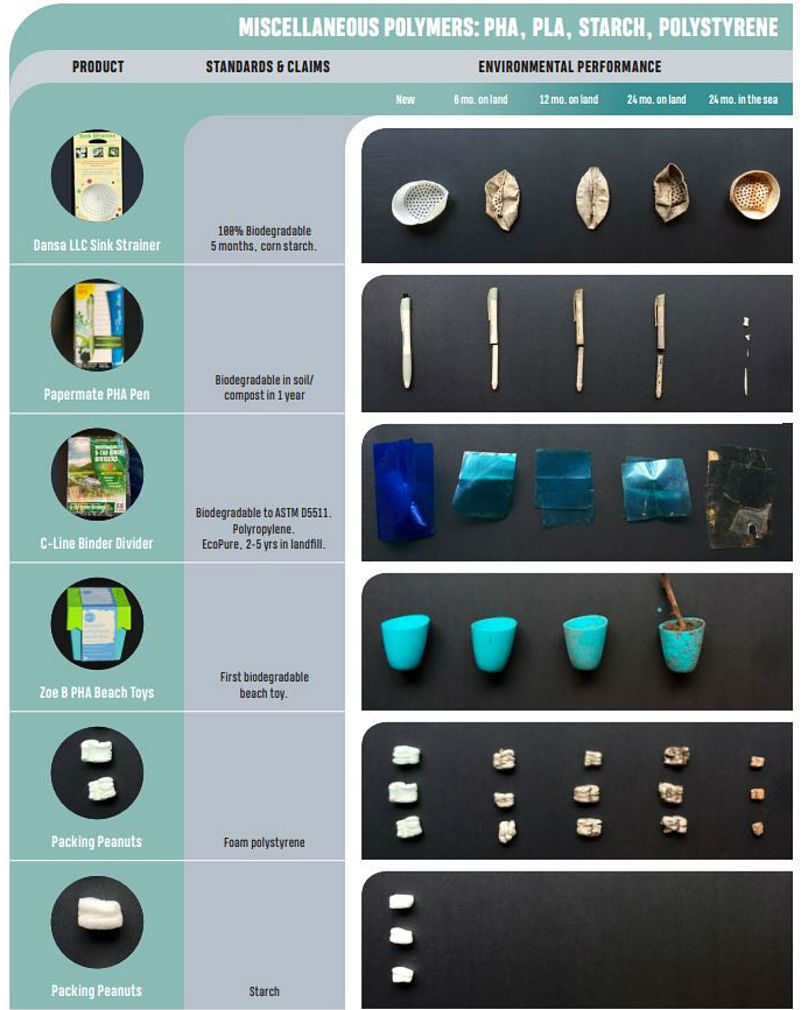The problem of plastic pollution in the seas is well known, but what everday items you use are most often found in the world's oceans?
A number of European countries have banned free plastic bags and the UK is proposing to add plastic drinking straws and cotton wool buds to the list. Even balloons have faced restrictions in different parts of the continent.
But which plastics are the most problematic?
It's difficult to give a precise answer, because while many types of plastic can take years to decompose completely, they can disintegrate fairly rapidly into unrecognisable parts.
The great Pacific garbage patch, for instance, the most recognisable symbol of the damage caused to the environment by plastic, consists largely of tiny, even microscopic pieces of plastic.
There are four main sources of rubbish found in the ocean, according to Greenpeace:
• Fishing gear
Discarded nets, floats and lines together with other items jettisoned from boats account for around a fifth of plastic found in the seas.
• Industrial material
Plastic is often shipped around the world for forming into goods in small pellets, known as nurdles. These can find their way into the sea either by accident or after being deliberately dumped in or near rivers or coastlines.
• Washed off plastics
Some cosmetic products such as facial scrubs or toothpastes contain tiny pieces of plastic less than 1mm in diameter called microbeads designed to give texture and help scrub off dirt. These are designed to be washed off into the drainage system. Many countries including the US, France and the UK have introduced restrictions on their use following surveys that revealed their presence in lakes and seas. Fibres separated from synthetic clothing during washing can also end up in waterways.
• Garbage
Approximately 80% of litter in the seas comes from land. A group of NGOs have compiled a list of the most commonly-found plastics in the US.
The group also highlighted how slowly many items degrade naturally.
A separate report analysed items collected from beaches around the world on just one day.
Where in the world does the waste come from
A report published last year suggested that up to 95% of the plastic in the world's oceans travelled via one of 10 rivers - The Yangtze, the Indus, the Yellow River, the Hai River, the Nile, the Ganges, the Pearl River, the Amur River, the Niger, and the Mekong.
All of them pass through areas with high concentrations of people but underdeveloped infrastructure for collecting waste.

